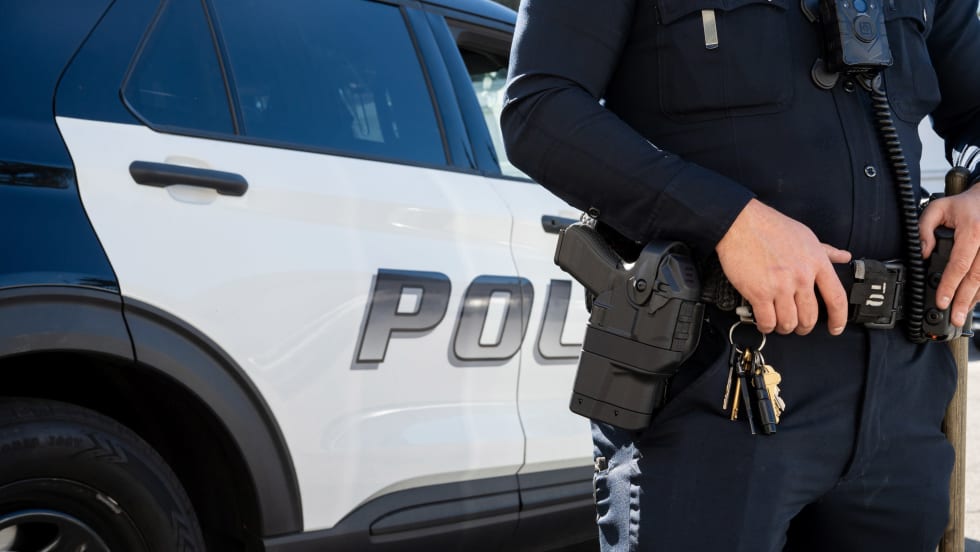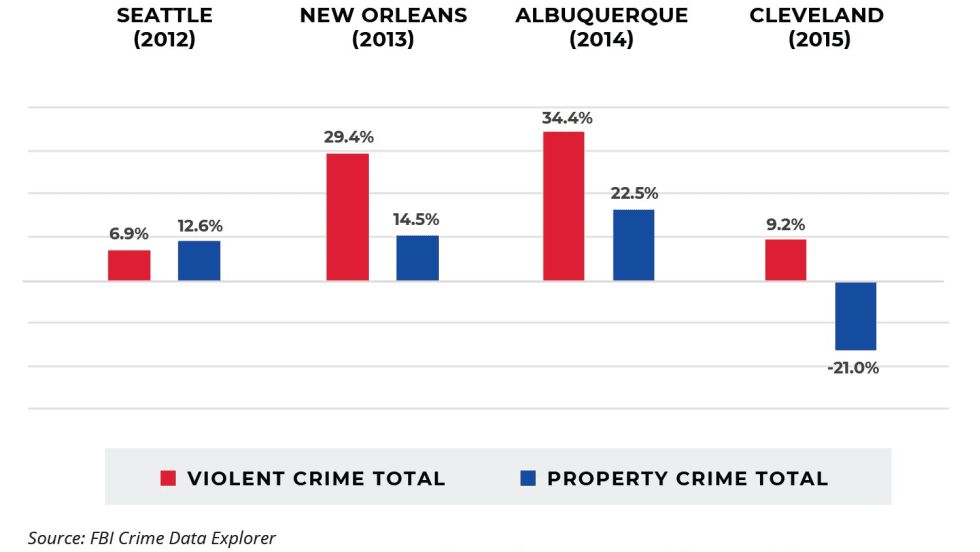Law enforcement officers, like you, can't just hide from this plague. You are having to take the risk of exposing yourself to it in order to keep the rest of us safe. And it is killing you.
As I am writing this column more than 60 officers have died from COVID-19, the disease caused by the novel coronavirus. And that tragic count is sure to increase. Thousands of officers have tested positive for coronavirus.
It's under these conditions that the leaders of law enforcement agencies are struggling to keep their officers healthy and to maintain mission critical operations. As evidenced by the responses to two surveys that POLICE sent out in March and April, agencies have faced an uphill battle.
The first problem that most agencies faced as the virus spread was where to get personal protective equipment (PPE), including nitrile gloves, facial shields, N95 masks, gowns, disinfectant wipes, and hand sanitizer. It's an ongoing problem. Police are not alone when it comes to going without PPE. Even medical personnel are coping with shortages of potentially lifesaving masks and gowns. That's why some top manufacturers in the law enforcement market are now making PPE. (See "Companies Help Fight COVID-19" on page 14.)
Even when PPE is available for law enforcement officers, the use of some of it raises some major tactical questions. For example, how does one draw a TASER or even a firearm off of a duty belt that is covered by a protective gown? And how many officers have ever trained to shoot accurately while wearing nitrile or worse latex gloves?







